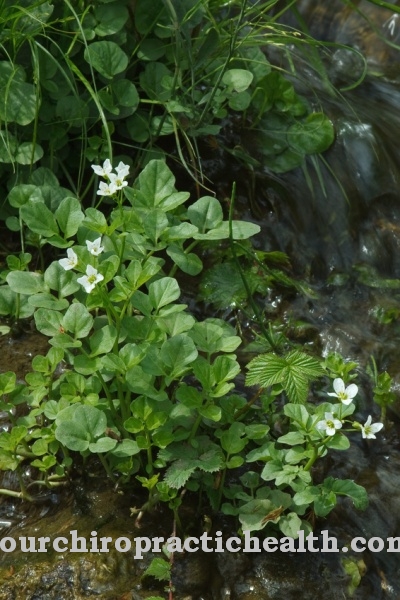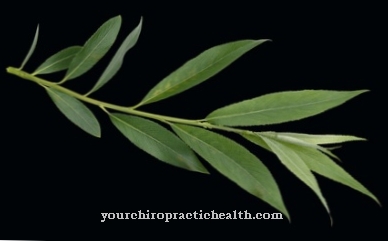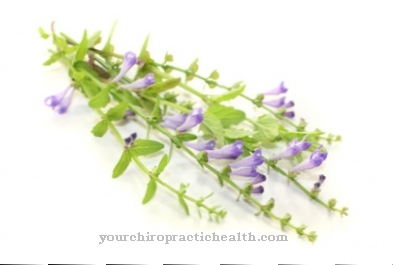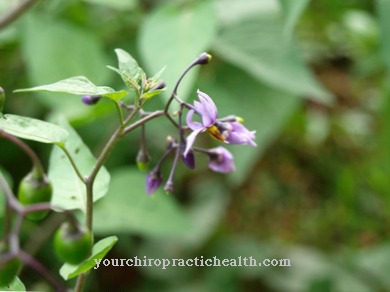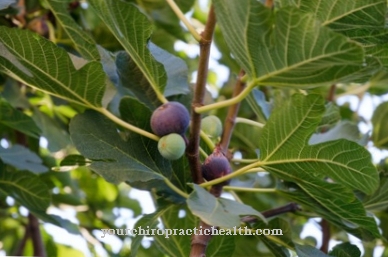A few years ago, cinnamon stars hit the headlines around Christmas of all times. The reason was the high level shown therein Coumarin Concentrations. They were well above the limit values applicable to this substance and raised questions about the health risk involved in eating these Christmas cookies.
Occurrence & cultivation of coumarin

Effect & application
In the food industry, coumarin is mainly used as a cinnamon spice in various products. As real cinnamon, Ceylon cinnamon (Cinnamomum zeylanicum), which contains very low concentrations of this ingredient (less than 100 milligrams per kilogram). Chinese cinnamon, also called cassia cinnamon (Cinnamomum cassia), has a high amount of six to twelve grams of the substance per kilogram. As cinnamon sticks (Kaneel, canna, Rohr) are available in stores, cassia and Ceylon cinnamon can be clearly distinguished in appearance.
The Ceylon cinnamon stick resembles a cigar with several layers of cinnamon in its cross-section. The cassia cinnamon stick consists of only one rolled and thick layer. Chinese cinnamon from southern China or Indonesia is mainly used in spice blends. If no further information can be seen on the packaging, this variety must be assumed. In most cases, the name Ceylon cinnamon is shown on the labels. Countries of origin are Sri Lanka, Madagascar, South India and Brazil.
Coumarin is used as a flavoring and fragrance in the food and cosmetics industries. Since its taste is similar to vanilla, plants containing coumarin (tonka bean) serve as a substitute for real vanilla (Mexican vanilla). The property of being well permeable to the skin is important for use in cosmetic products. Coumarin must be declared as an ingredient in cosmetics, although there is no limit on the amount. Certain substances that have the characteristic basic structure of the compound and are derived from it are used in medicine as coumarin derivatives.
They include warfarin and phenprocoumon, which inhibit blood clotting. They are prescribed to patients who are at high risk of stroke. For these so-called blood thinners (anticoagulants), the dose must be set precisely so as not to cause the opposite effect, namely bleeding. With a deadly concentration, they are laid out as food bait in basements to fight rats. The Federal Environment Agency has defined precise guidelines for the use of these rodenticides in order to avoid damage to non-target organisms (animals and humans).
Importance for health, treatment & prevention
Due to its health-damaging effects, pure coumarin must not be added to food. The tolerable daily intake (TDI) of 0.1 milligrams per kilogram of body weight should not be exceeded. According to previous knowledge, temporary higher consumption is harmless. For small children, the recommendation is to offer no more than four cinnamon stars per day if they weigh around 15 kilograms, a gingerbread or a portion of cinnamon on rice pudding.
In addition to Christmas biscuits, muesli bars, teas, mulled wine and breakfast cereals are mixed with cinnamon spice mixtures. It is noteworthy that with two grams of cassia cinnamon mixture, which contains 3000 grams of coumarin in one kilogram of the food, the TDI value for a 60 kilogram adult is reached. If you like to eat cinnamon, you should switch to Ceylon cinnamon.
Maibowle, to which woodruff is added for flavoring, is harmless if it does not exceed three grams of herb. Coumarin is available as a medicinal product in the form of cinnamon tablets or as an ingredient in ointments. They play a role as so-called venous agents in the treatment of water retention (edema). Herbal remedies that contain sweet clover are used externally or as tablets or capsules for vein weakness, inflammation and heaviness in the legs.
Teas are less recommended because the effective coumarin dose is variable and difficult to determine. Cinnamon capsules, which type 2 diabetics take to lower blood sugar, contain coumarin in an amount that can quickly exceed the tolerable daily dose. There is currently insufficient information about long-term effects. Coumarin derivatives, which inhibit blood clotting, are derived from the same basic substance. However, they differ from coumarin, which itself does not have these inhibiting properties.
With regard to the relationship between cancer and coumarin, there are different data in the scientific publications. In some, it is suggested that it could be carcinogenic. Effects on the genetic material (DNA) that could prove this have not yet been found. Other publications describe its successful use in kidney and prostate cancer. Acute symptoms caused by coumarin can include severe headaches, dizziness, vomiting and an increased need for sleep.
In addition, hepatotoxic (Greek: hepár, liver) properties could be demonstrated. Determinations of the blood values showed increased values of parameters (liver enzymes, transaminases) which speak for a liver inflammation. The extent of the effects did not depend solely on the amounts ingested. There are people who are more sensitive. The effects are reversible: the liver values normalize after several weeks if no more coumarin is absorbed.

